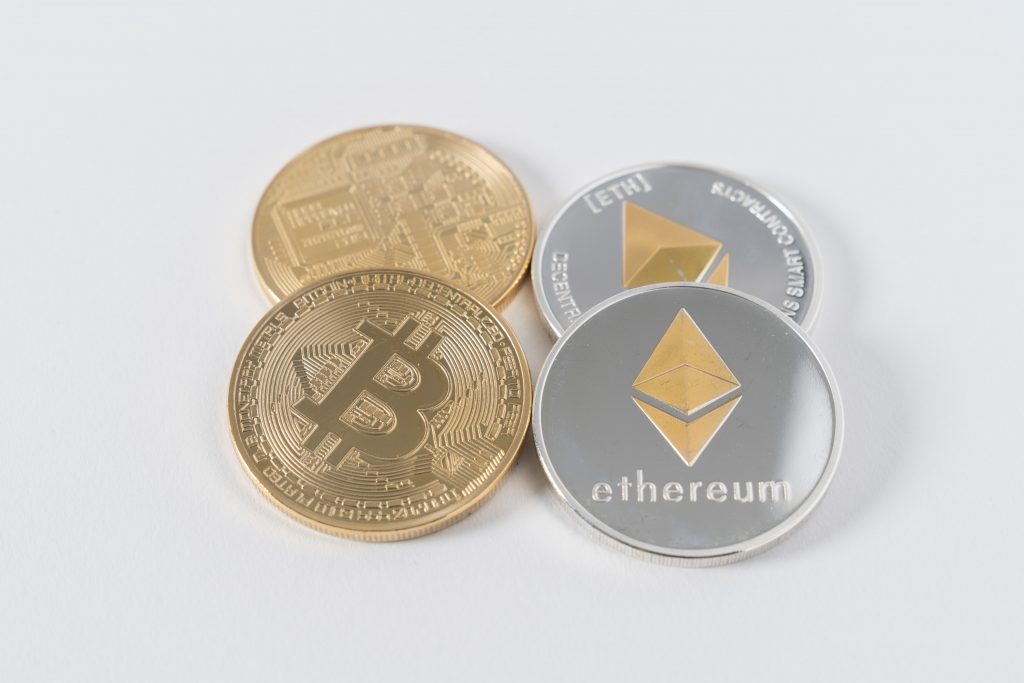The Proof-of-Work (PoW) consensus model has been around since the very start of cryptocurrencies, being introduced by Bitcoin, where it gained a lot of traction and popularity.
People started running towards GPUs they could use to mine the cryptocurrency with, and this is one of the main reasons why today, you would be hard-pressed to find one on the market that is accessible and affordable.
The crypto market has been slowly welcoming environmental-friendly technology. In fact, Polygon has sky-rocketed in value, with its new, all-time high price of $2.17 as of May the 18th, 2021. Just a month ago, on April the 18th of 2021, its value was at $0.36.
That’s a 502.78% increase in value. All of this due to the fact that it is using an eco-friendly model when compared to the one used on Ethereum as well as Bitcoin.
💡 Click here to view Polygon white papers and learn more about the benefits.
Proof-of-work vs. Proof-of-stake
The beauty of Polygon is actually the fact that it employs a proof-of-stake consensus algorithm to validate its transaction, which is a much greener alternative to BTC’s and ETH’s heavy proof-of-work algorithm, which requires a lot of hardware to mine.
You see, in proof-of-work algorithms, miners are in this race to solve complex cryptographic puzzles. Since these puzzles are increasing in difficulty on a consistent basis, miners need to run to more powerful computers in order to solve them, and this leads to a lot of hardware usage.
The network issues miners with newly-minted coins as a reward for doing this work.
Now, here’s where proof-of-stake differs.
Those with the highest number of coins actually get to validate the transactions.
So, when we look at it, BTC and ETH mining relies heavily on cheap fossil fuels and uses a similar amount of electricity as entire countries.
There have always been defenders of this method of mining cryptocurrencies, implying that the proof-of-work mining industry is worth it, it is great at securing decentralized networks as well as invaluable to those who need censor-resistant technologies.
How does Proof-of-stake work and how does it make NFTs eco-friendly?
However, this is far from the truth, and the world of cryptocurrencies genuinely needs an eco-friendlier way of mining. This is where proof-of-stake comes into the picture.
Through using Polygon’s proof-of-stake (PoS) system, a cryptocurrency miner can mine or validate block transactions based on the number of coins the miner holds. It was created as an alternative to Proof-of-Work (PoW) which is the original consensus algorithm in blockchain technology that is used to confirm the transactions and add new blocks to the chain.
By comparison, proof-of-stake is less risky in terms of potential for miners to attack the network, as it structures compensation in a way that makes an attack a lot less advantageous for the miner.
To carry out the verification step, the miners need to solve a computational puzzle which is known as the proof of work problem. The first miner to decrypt each block transaction problem gets rewarded with a coin. Once the block of transactions is verified, it is added to the blockchain.
Proof of Stake attributes the mining power to the population of coins held by a miner. This way, instead of using energy to answer PoW puzzles, PoS miners are limited to mining a percentage of transactions that is reflective of their ownership stake.
A miner that owns 5% of the coins available can only mine 5% of the blocks.
Minting NFTs on Polygon (formerly Matic Network)with NiftKit NFT Creation Tool
The Polygon solution, aside from being eco-friendlier, also reduces the costs of minting NFTs. You see, if you wanted to mint an NFT on Ethereum through traditional means, you would have to pay over $100 in ETH gas fees.
👾 Sign up for NiftyKit to start minting your Polygon NFTs using our NFT Creation Tool
The Polygon solution brings down the gas fees significantly, and NFT creators that are looking to list NFTs will be minted on the Matic network, and as such, save themselves a lot of time as well as money.
Minting NFTs for less than the cost of Ethereum mainnet is now possible with NiftyKit Polygon/Matic custom collections and White Labeled NFTs.
This will lead to clean NFTs that do not really hurt the environment as much as the ones minted through the proof-of-work (PoW) consensus algorithm and are far more sustainable.
Now, what you need to know about Polygon is the fact that it is a protocol as well as a framework used for building and connecting Ethereum-compatible blockchain networks and platforms
In other words, it combines the best of Ethereum and sovereign blockchains into a full-fledged multi-chain system. Polygon solves pain points associated with Blockchains, such as high gas fees as well as slow speeds without actually compromising the security.
Mint Polygon NFTs for the fraction of the cost of Ethereum Mainnet NFTs
NiftyKit essentially develops custom smart contracts that make the process of creating and selling NFTs simple for everyone, and you can easily brand your token, receive secondary sales commissions, and have full control as well as ownership over all of your work. You can mint low-cost as well as eco-friendly NFTs with NiftyKit on Polygon.
This means that Polygon, when compared to Ethereum and Bitcoin, is a lot more eco-friendly, and seems to be the future of NFT minting, which will lead to an overall more sustainable workflow and a healthier planet.
Sign Up or Log in to mint your next NFT on Polygon, using our NFT Creation tool.
